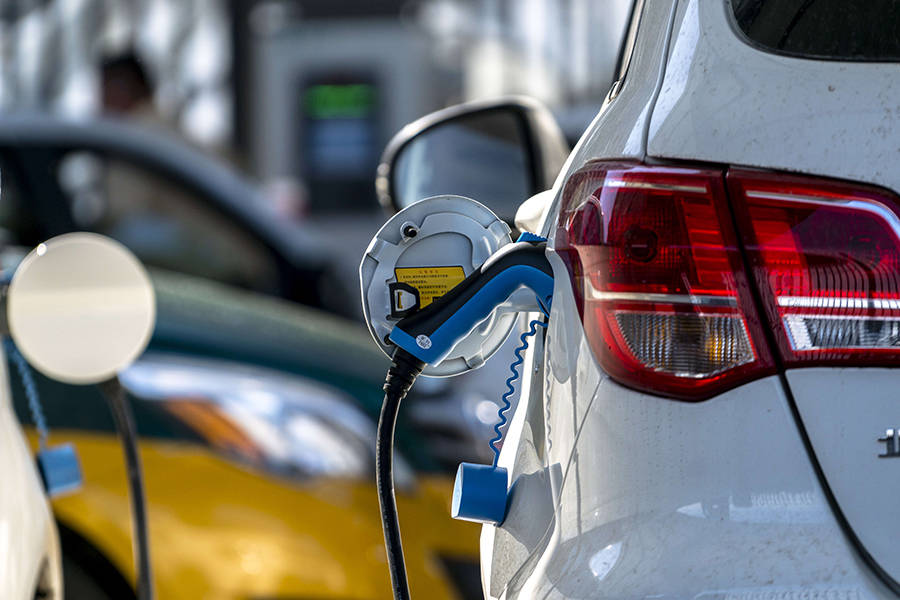A bit of extra cash usually comes in handy after a bankruptcy filing. One of the ways to get it is to refinance your existing car loan into one with a lower interest rate. This holds the potential to reduce your monthly payment, which can free up some cash to put toward another obligation.
While the odds of refinancing a car loan after bankruptcy might seem unlikely to you, it is possible to do. These tips will give you the best chance at success in this regard.
Demonstrate Financial Responsibility
The best play is to wait 12 months or so before applying for the refinance. This gives you an opportunity to establish a history of consistent payments after the filing, which says you’ve overcome the situation that led you to seek bankruptcy protection.
Lenders looking at your current situation will be less likely to write the refinancing loan if you still appear to be struggling to meet your obligations. Or, if they do, the interest rate they require will be too high for you to derive any benefit.
Choose Lenders Carefully
Some lenders are more open to working with borrowers who recently filed for bankruptcy protection than are others. The people running these organizations understand a recent filing actually improves the likelihood you’ll repay the loan.
Many of your debts will have been discharged, so you’ll be better positioned to follow through with repayment. Further, they know you can’t file for bankruptcy again for eight years, so they don’t have to worry about the debt being dismissed by a judge.
Online lenders like RoadLoans tend to be a bit more forgiving when it comes to helping people who have had financial problems in the past. If you’re interested in refinancing a car with bad credit, they may well be your best bet.
Be More Flexible
Ultimately, you’ll have a smaller pool of lenders from which to choose. What’s more, those lenders will be somewhat more demanding in terms of their expectations. Simply put, you’ll be looked upon as a high-risk borrower, so the creditor will seek as many protections as possible for their capital.
These will typically take the form of higher interest rates, the requirement for a larger down payment or a shorter loan term. When it comes to refinancing a car after bankruptcy, the higher interest rate could be an impediment to achieving the goal of your endeavor. After all, the main reason for seeking to refinance a car loan is to lower your monthly payment.
One of the ways to do this is to accept a loan with a longer time horizon. However, there are a number of reasons why you’ll want to avoid doing this. Chief among them is you don’t want to put yourself in a position in which you’ll have to make significant outlays to maintain a car against which you still have a rather substantial loan.
Ultimately, you’ll have to weigh the demands the lender makes against the benefits you’ll receive to decide whether or not taking the loan will be good for you.
Mind the Timing
There is a point in the life of a car loan after which refinancing it doesn’t make sense. Most of them front-load their compensation. This means a more significant portion of your early payments go toward interest than reducing the principal loan amount.
If your loan has matured to the point at which most of your payment is going toward principal reduction, doing a refinance would make you start all over again. As a result, even though you’ll have a lower monthly note, you’ll pay far more for the car than you should. You’ll also want to keep an eye on the prevailing interest rates to gauge how much you’d save over what you’re paying now.
Keeping these four tips in mind when considering refinancing a car loan after bankruptcy will help you make the best possible decision.








